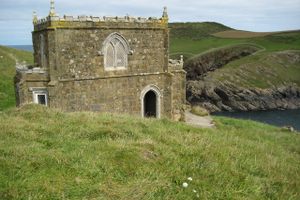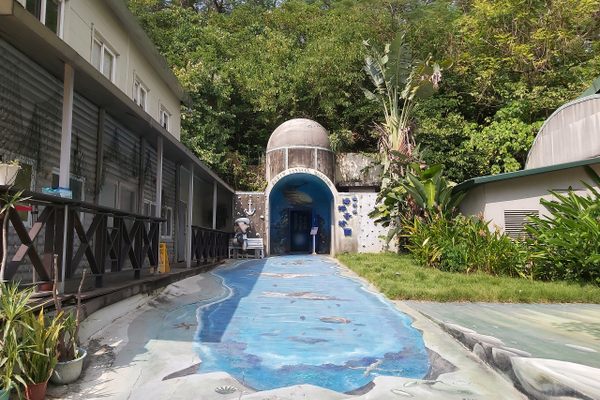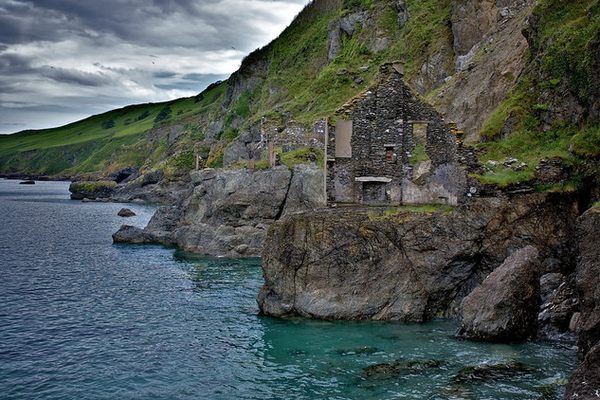About
Nestled along the Cornish coastline in the town of Padstow, the National Lobster Hatchery is a place of both scientific importance and public engagement. The center focuses on breeding, rearing, and releasing European lobsters to help sustain their population, which is an integral part of both the local ecosystem and fishing industry. Visitors can learn about the biology of lobsters, their life cycle, and the challenges they face in the wild, all while witnessing the hatchery in action. The hatchery plays a vital role in conserving the species, with thousands of juvenile lobsters released into the ocean each year.
Inside the facility, you’ll find exhibits and interactive displays that explain the process of lobster farming. There are tanks where visitors can see lobsters at various stages of growth, from tiny larvae to adults. One of the highlights of the hatchery is the "Adopt a Lobster" program. Through this initiative, visitors can support the hatchery's conservation efforts by sponsoring a lobster, which will eventually be released into the wild. Each adopter receives a certificate and the knowledge that they’re helping to preserve the lobster population.
The National Lobster Hatchery also works closely with local fishermen and marine biologists, making it a hub for research and sustainable fishing practices. These partnerships ensure that the conservation work extends beyond the walls of the hatchery, influencing how lobsters are caught and managed in Cornwall and beyond. The hatchery’s mission is not just about rearing lobsters, but also raising awareness about marine conservation and educating the public about the importance of protecting marine ecosystems.
Located on the harbor in Padstow, the hatchery is conveniently placed for visitors exploring the area. Padstow itself is a delightful town, known for its fishing heritage, vibrant food scene, and beautiful coastal paths.
Related Tags
Know Before You Go
Check ahead for seasonal hours, but it’s generally open every day with reduced hours in the winter.
Community Contributors
Added By
Published
November 28, 2024








































